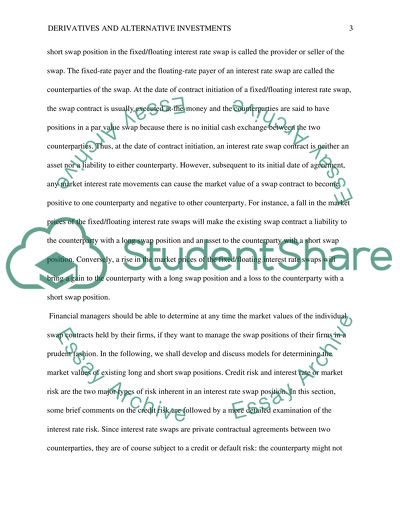Cite this document
(“Derivatives and Alternative Investments Coursework”, n.d.)
Retrieved from https://studentshare.org/finance-accounting/1496286-derivatives-and-alternative-investments
Retrieved from https://studentshare.org/finance-accounting/1496286-derivatives-and-alternative-investments
(Derivatives and Alternative Investments Coursework)
https://studentshare.org/finance-accounting/1496286-derivatives-and-alternative-investments.
https://studentshare.org/finance-accounting/1496286-derivatives-and-alternative-investments.
“Derivatives and Alternative Investments Coursework”, n.d. https://studentshare.org/finance-accounting/1496286-derivatives-and-alternative-investments.


